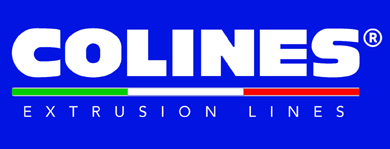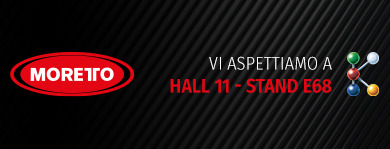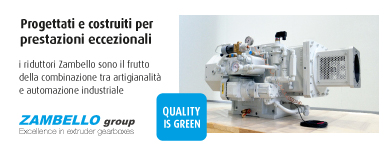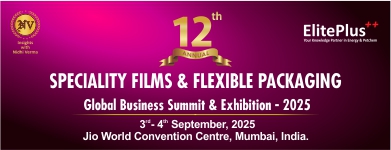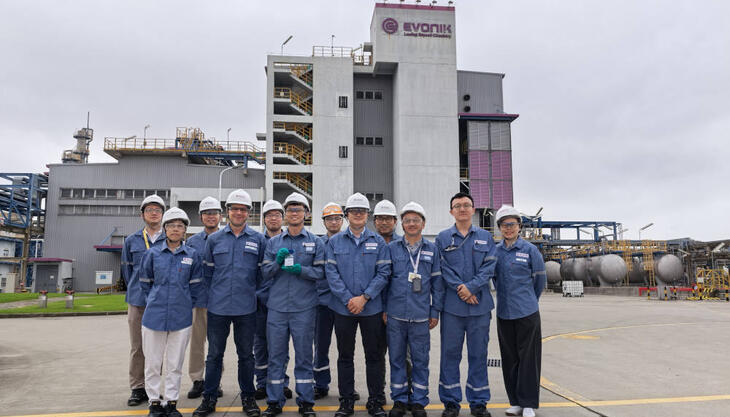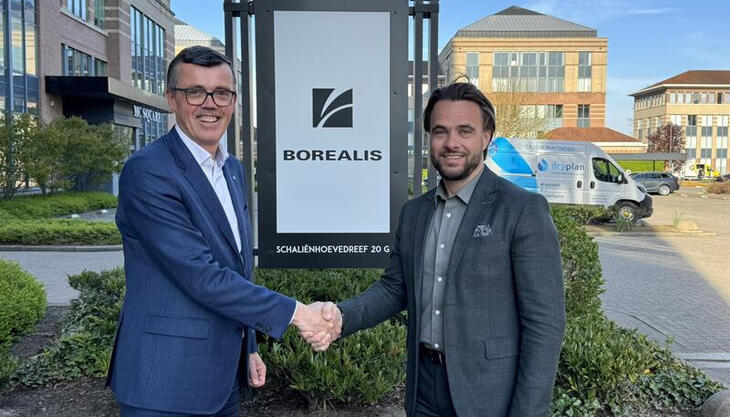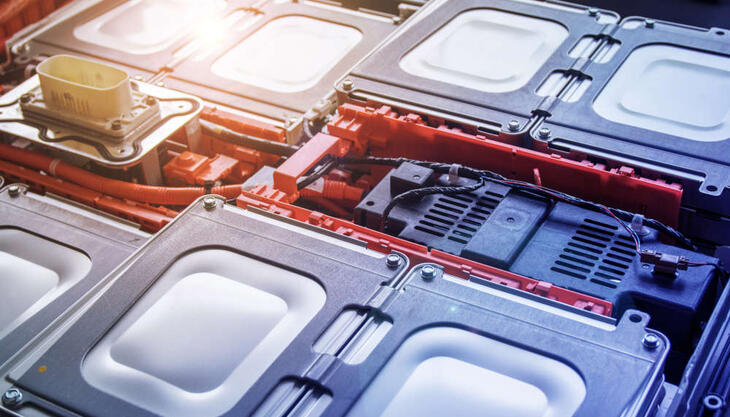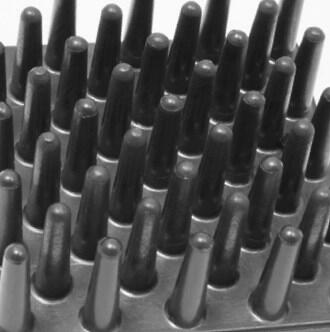
The most performant thermally conductive compounds are obtained by adding large amounts of selected graphite to the thermoplastic matrix. However, this high graphite content ends up making these materials electrically conductive, with resistivity values that make them unsuitable for applications also requiring electrical insulation.
As far as thermally conductive compounds using electrically insulating ceramics are concerned, materials available today are limited by a number of constraints imposed by the large quantity of filler necessary to achieve interesting thermal performance, up to 85 percent in some Lati's proposals. A thermal conductivity of about 8-10 W/mK is provided by the most effective solutions, but at often unacceptable costs being formulated with very special synthetic materials, such as hexagonal boron nitride.
So, the demand has geared towards electrically insulating materials, but with an acceptable thermal conductivity reasonably ranging between 10 and 20 W/mK of compounds with graphite and 1-2 W/mK of grades formulated with standard ceramics. Of course, the price of this proposal should absolutely support the use in new applications replacing, for example, aluminium die casting.
To meet these requirements, Lati offers Laticonther 62 CP6-V0HF1. Based on PA6, this product is made from the mixture of special ceramics provided by the CP6 formulation that ensures electrical insulation with resistivity greater than 10^12 ohm. At the same time, this formulation provides a thermal conductivity of almost 4 W/mK to the compound (measurement with Netzsch LFA according to ASTM E1530 and E1461 standards).
In addition to the thermal and electrical properties, Laticonther 62 CP6-V0HF1 was also designed to provide self-extinguishing properties without the need of conventional flame protection systems based on halogens or red phosphorus. Currently awaiting UL approval, Laticonther 62 CP6-V0HF1 offers excellent resistance to electrical tracking (400 V CTI), V0 at 3.2 mm, 775° C GWIT and 960° C GWFI at 1 mm. Rigid and tough without being overly fragile, this material is best suited for technical applications such as heat sinks in the electrical and electronic field, air or recessed lighting, and over moulding of live components generating heat (e.g. inductors).
As mentioned before, the CP6 proposal also arises from the need to hold down the price of material. So a special formulation was developed that makes performance of thermal conductivity similar to that of graphite-filled versions at a moderate cost. The only limit of CP6 is that it is not possible to obtain colourable versions. This problem was solved by Lati’s engineers with the CP7 formulation, which is slightly more expensive, but colorable.
Like any other Lati material, even in this case the formulation complies with the most stringent international standards in terms of environmental protection and human health (RoHs and SVHC). Easy moulding and recyclability complete the framework of strengths offered by Lati thermoplastics.




